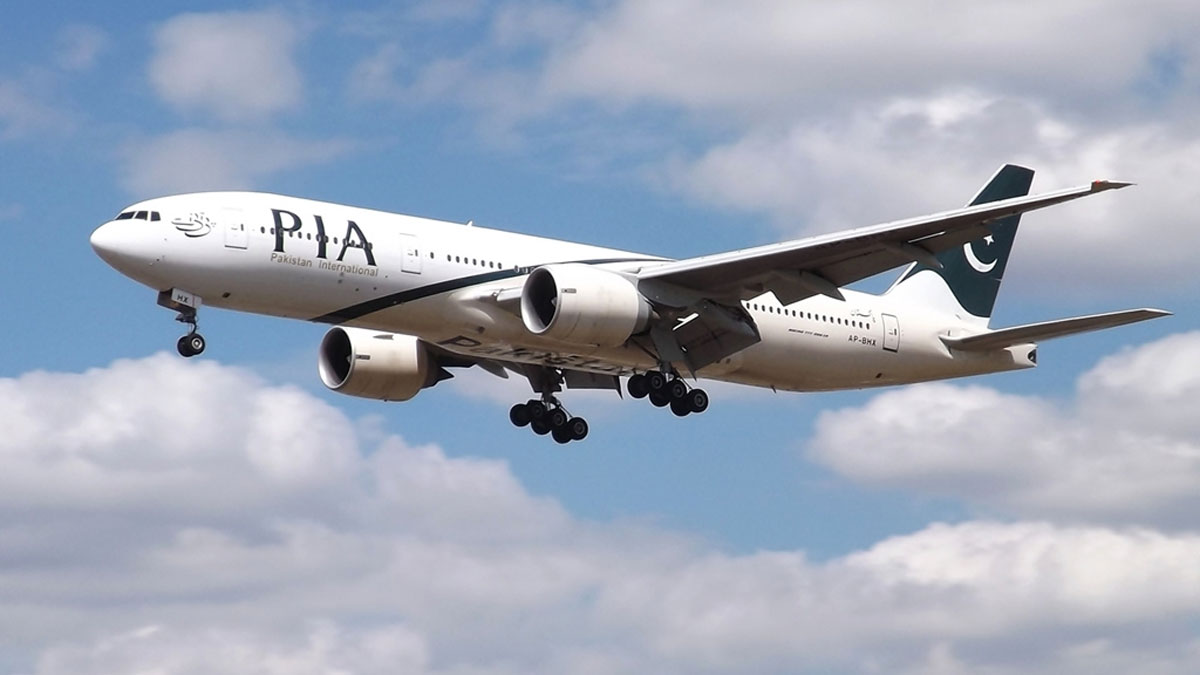In Iranian airspace, two Pakistan International Airlines (PIA) planes travelling in the same direction escaped a mid-air collision.
When they witnessed an unusual situation that might have led to a significant air accident due to the alleged negligence of the Iranian air traffic control (ATC), both Pakistani flag carriers were flying at the same altitude close to the United Arab Emirates (UAE) border, according to Daily Dawn.
According to reports, the ATC authorized two planes to fly at the same altitude.
A PIA Boeing 777 was travelling from Islamabad to Dubai, according to the publication’s sources, while an Airbus A320 was flying from Doha to Peshawar, operated by Captains Athar Haroon and Samiullah.
Read more: PIA increases Skardu flights to 12 per week due to strong travel demand
According to customary procedure used in such circumstances of averting mid-air collision, one plane was told to drop while the other was urged to climb to a higher altitude as the two planes drew dangerously close to one another.
According to the news report, all aircraft are equipped with a device called the Traffic Collision Avoidance System (TCAS), which automatically pilots the aircraft through connection with the TCAS of other surrounding aircraft.
The publication cited a PIA spokesperson as saying, “PIA is writing to the Iranian air traffic control (ATC) to investigate as the Iranian ATC instructed the flight, but it was incorrect.”
PIA airline PK-268, an Airbus A320 from Doha with a destination of Peshawar, was approaching while PIA flight PK-211, a Boeing 777 from Islamabad to Dubai, was maintaining a 35,000-foot altitude, according to the spokesperson.
He noted that the descent would have crossed the path of PIA flight PK-211, a Boeing 777, which was flying at 36,000 feet when the PK-268 flight was given permission to descend to 20,000 feet.
According to the spokesperson, the aircraft’s TCAS automatically directed both planes while simultaneously correcting their courses.





















